Sewing is a craft that has been around for centuries. From repairing clothes to creating beautiful garments, this skill requires not only knowledge and technique, but also the right tools. Just as a carpenter cannot build without a saw and hammer, a sewist cannot create without sewing tools.
If you’re just starting on your sewing journey, you may be overwhelmed with the amount of tools available. Fear not, we have compiled a list of the top 5 types of sewing tools that every sewist must have in their arsenal.
1. Cutting Tools
Cutting tools are essential in sewing. They are used to cut fabric, patterns and threads with precision. The most commonly used cutting tool is a pair of scissors. However, for more accurate cutting, you may also need a rotary cutter, which is a circular blade attached to a handle. This is especially useful for cutting through multiple layers of fabric at once. A good quality pair of scissors and a rotary cutter can make a huge difference in your sewing projects.
In addition to scissors and rotary cutters, you may also need a pair of pinking shears. These scissors have zig-zag blades and are used to prevent fabric edges from fraying.
2. Measuring Tools
Accurate measurements are crucial in sewing. Without them, your garment may end up too loose or too tight. The most commonly used measuring tool is a tape measure. It allows you to take precise body measurements as well as measure fabric and patterns.
In addition to a tape measure, you may also need a ruler, especially when drafting your own patterns. A clear plastic ruler with grid lines is ideal for measuring and drawing straight lines, curves and angles.
3. Marking Tools
In order to achieve professional-looking clothing, accuracy in cutting and sewing is key. Marking tools are used to transfer pattern markings onto fabric. The most commonly used marking tool is a tailor’s chalk or a fabric pencil. These tools can be easily erased or washed off after sewing.
You may also need a tracing wheel and tracing paper for transferring markings onto thicker fabrics or for pattern alterations.
4. Sewing Tools
Sewing tools make the actual stitching process a lot smoother. Needles and pins are essential for holding fabrics together while sewing. There are different types of needles for different purposes, such as hand sewing, machine sewing, and different types of fabrics.
A seam ripper is also a must-have tool for seam allowances that need to be corrected.
5. Pressing Tools
Lastly, pressing tools are often overlooked but are just as important as other sewing tools. They are used to press and shape fabric during the sewing process. The most commonly used pressing tool is an iron. It is used to remove wrinkles, press seams, and give a finished look to the final garment.
In addition to an iron, you may also need a pressing cloth for delicate fabrics, a tailor’s ham for pressing curved seams, and a sleeve board for pressing sleeves and other small areas.
In conclusion, having the right sewing tools can make a huge difference in the outcome of your sewing projects. These 5 types of tools are essential for any sewist, whether you’re just starting out or are a seasoned pro. So make sure to equip yourself with these tools and you’ll be on your way to creating beautiful garments in no time.
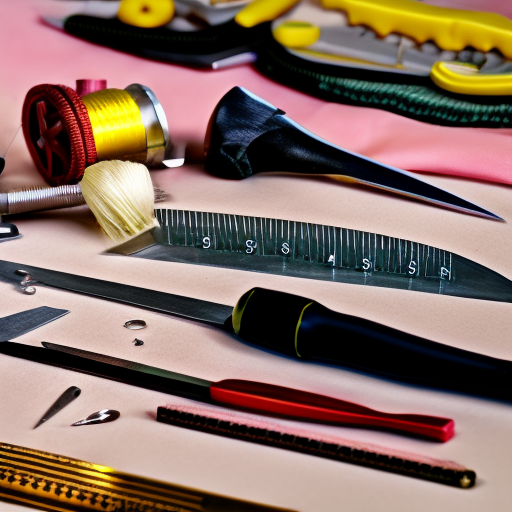
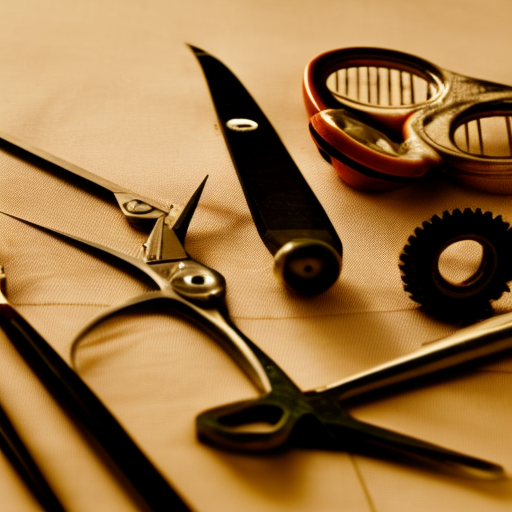
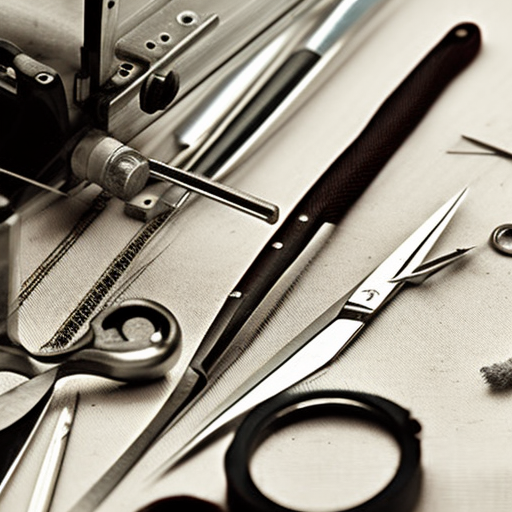
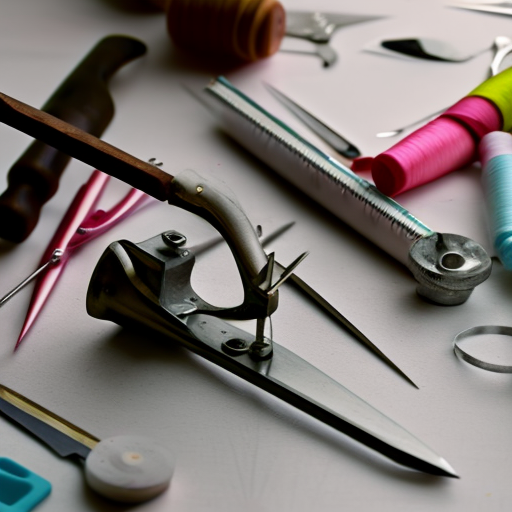
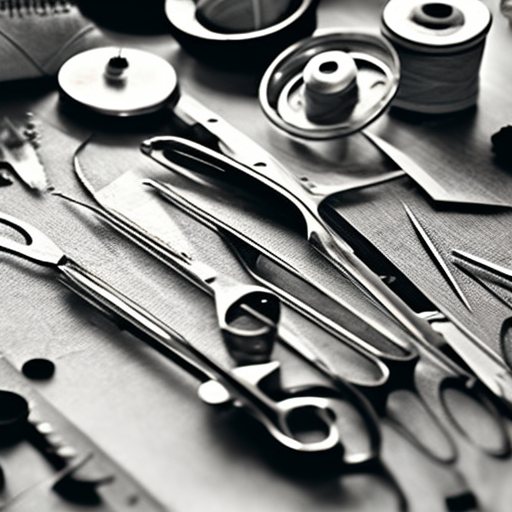
Great post! I’m always looking for more ways to expand my sewing toolkit
Roger Daniels: Such an interesting topic! I’m looking forward to learning about all the tools available for sewing.
Very helpful! I already knew a lot of these tools but there are a few I didn’t know about.
It’s great to see so many people interested in the topic! Sewing is a skill that can often be overlooked, but it is so helpful and rewarding to learn. Can’t wait to see what tools can help us with our projects!